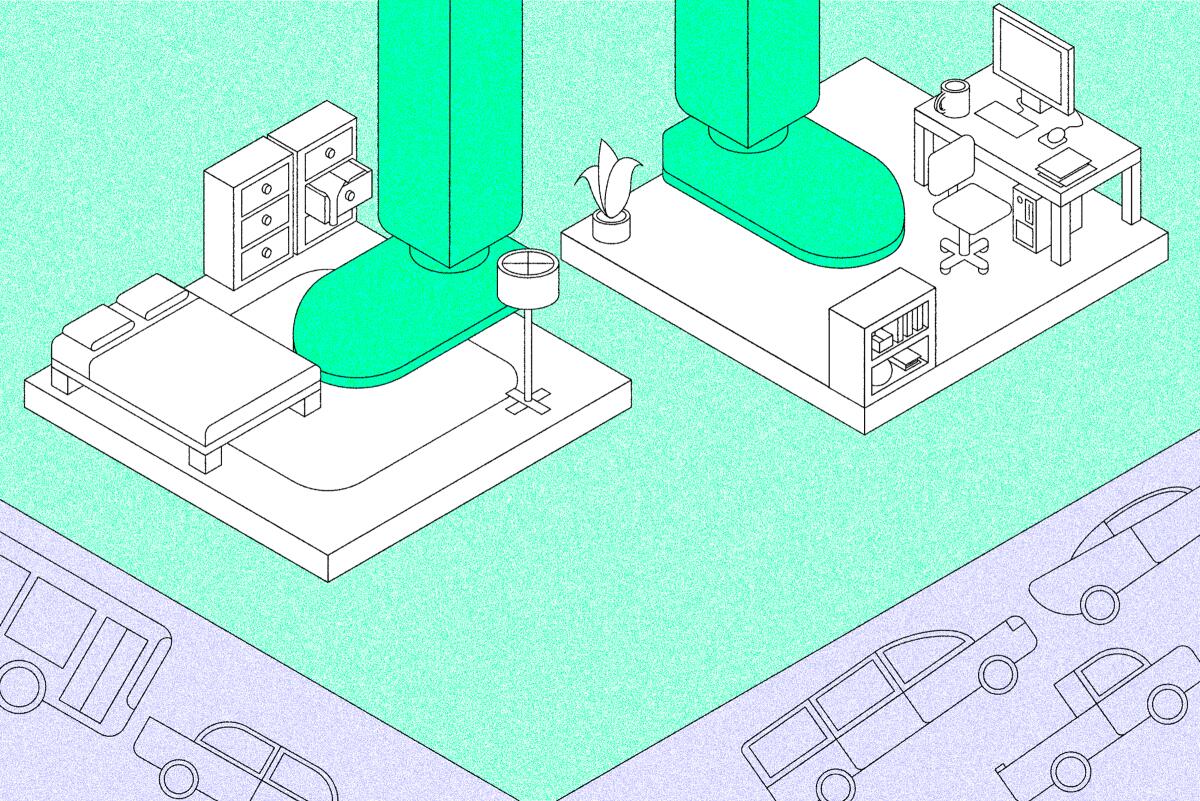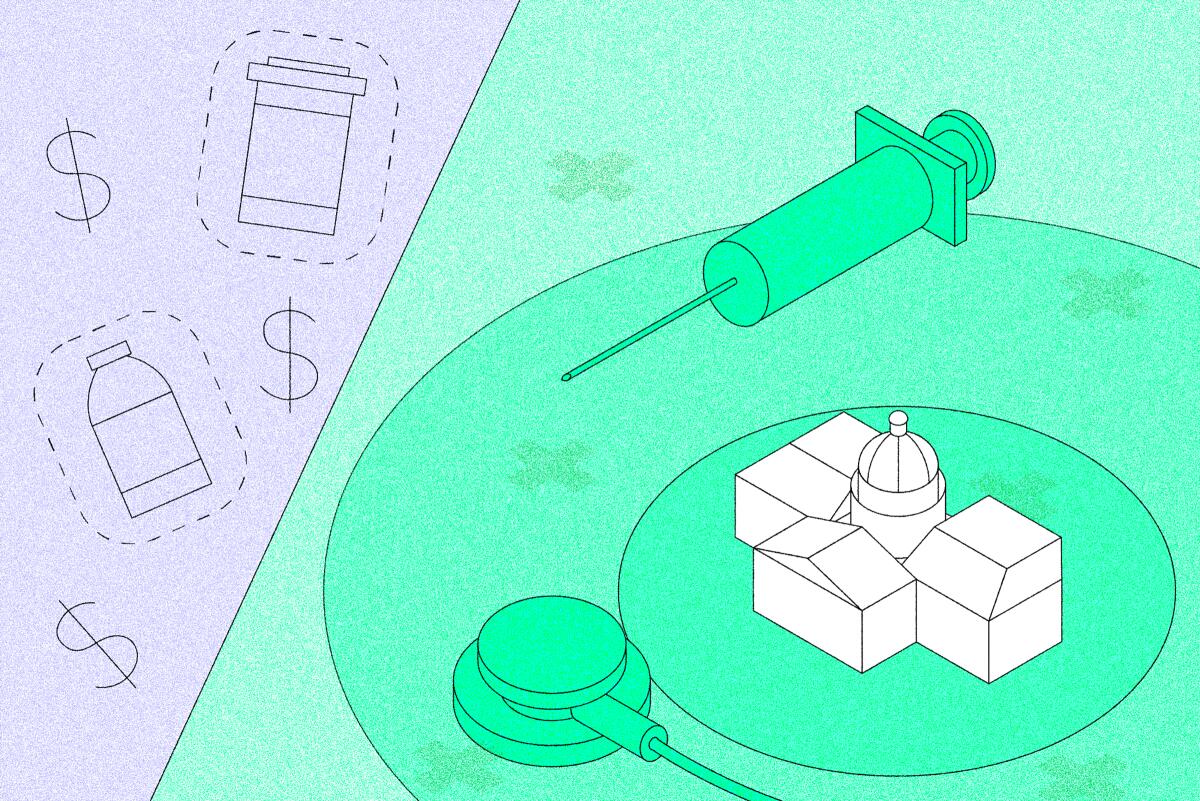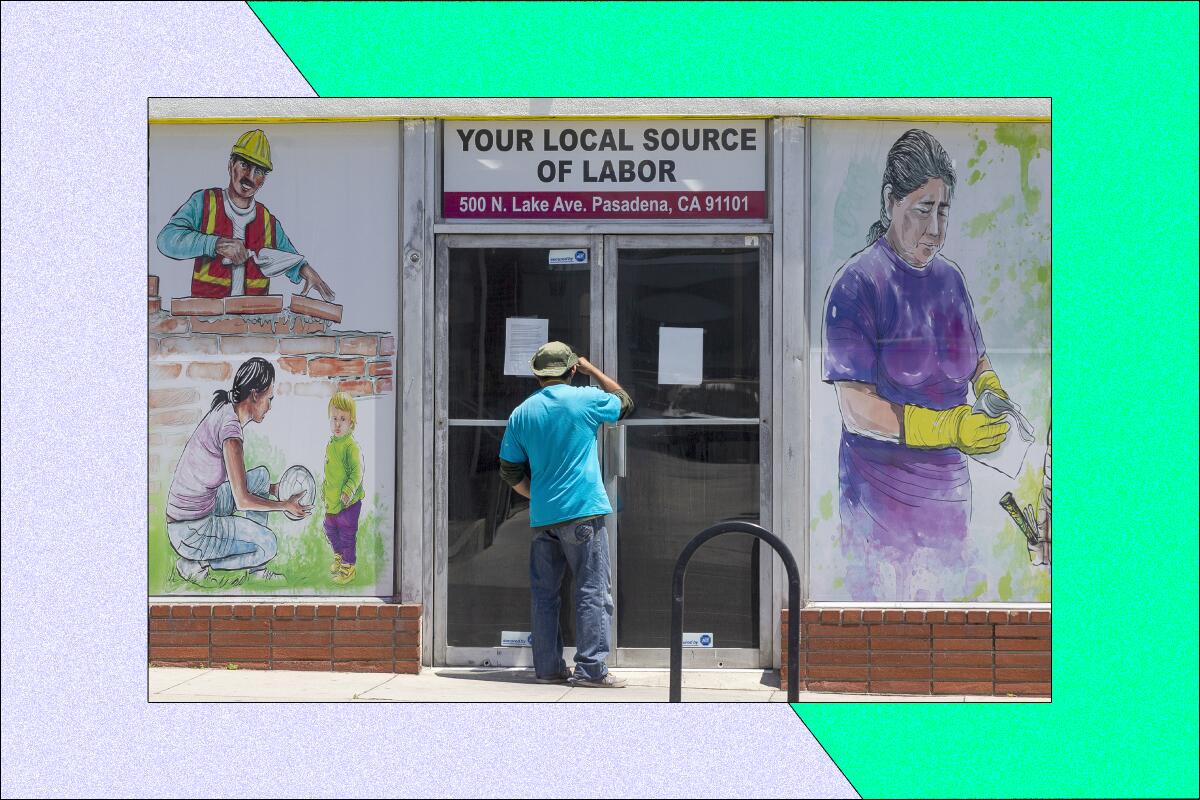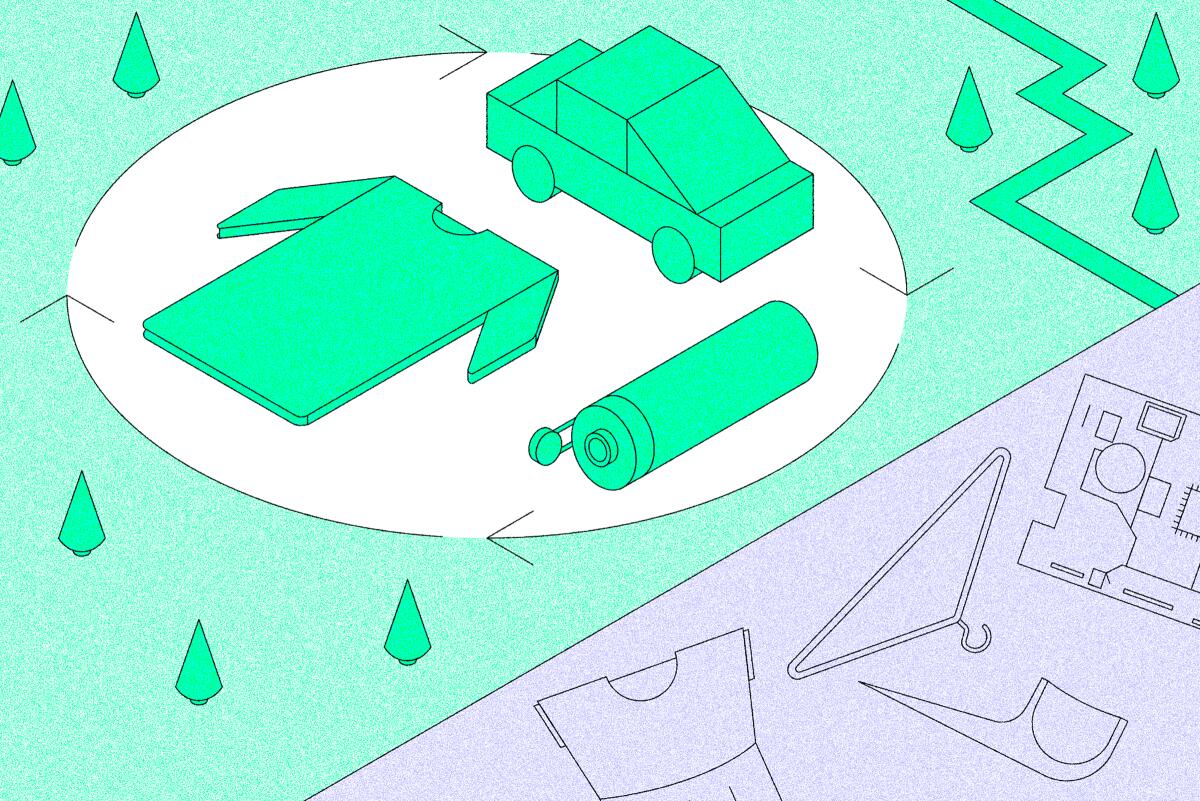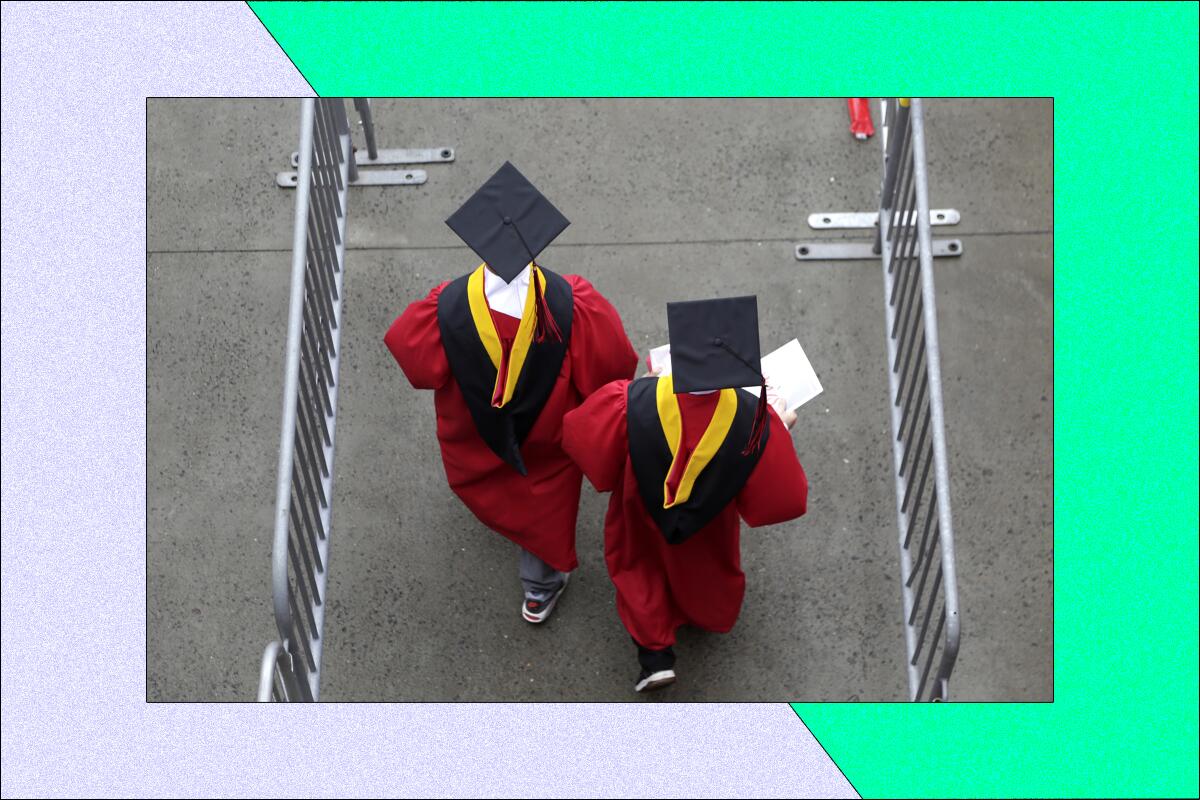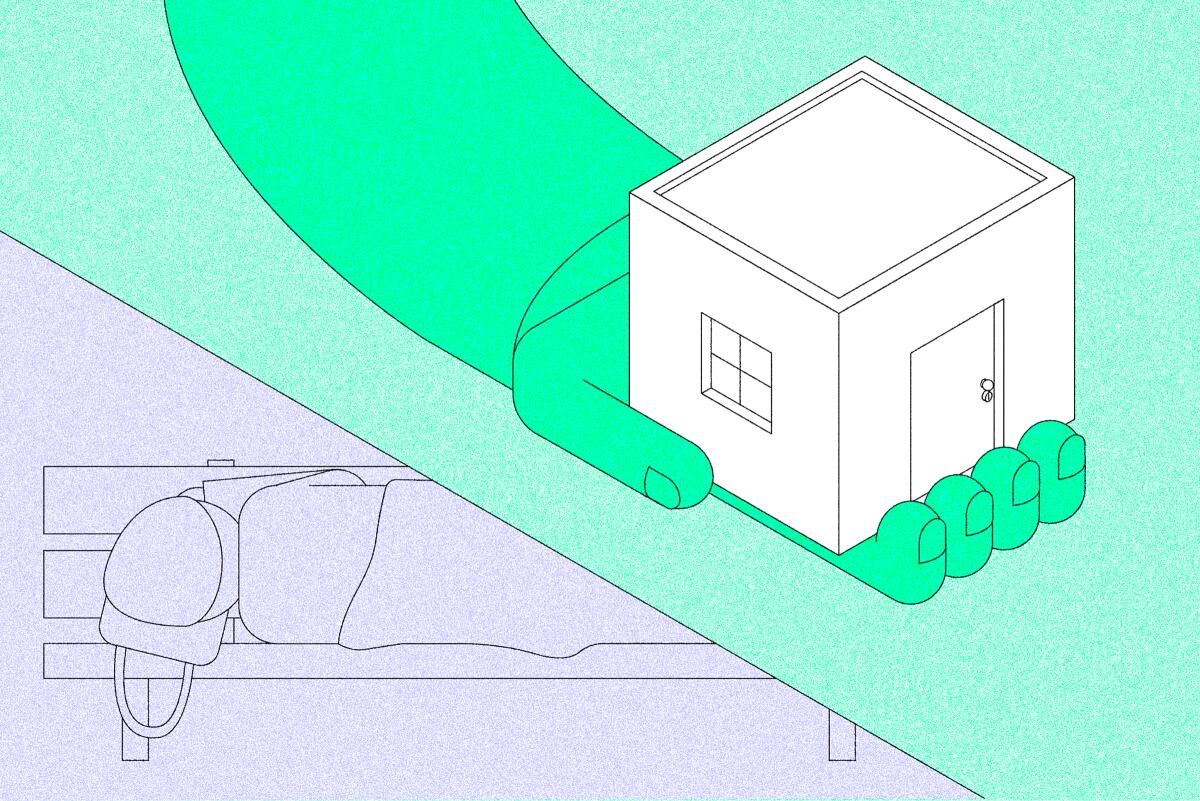Newsletter
A cure for the common opinion
Get thought-provoking perspectives with our weekly newsletter.
You may occasionally receive promotional content from the Los Angeles Times.
The Los Angeles Times’ editorial board determines the positions of The Times as an institution. It operates separately from the newsroom. You can read more about the board’s mission and its members at About The Times Editorial Board.

